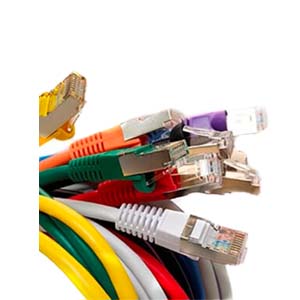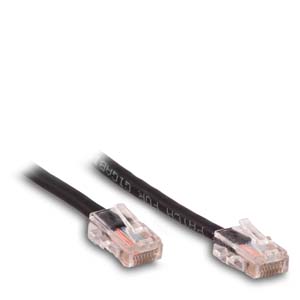Cables Blog
Everything You Need to Know About HDMI Cables
by VIKAS DAYAL • February 21, 2022
HDMI Cables, Audio/Video Cables, A/V Cables
HDMI cables are a popular choice for audio and video transmission due to their high-quality signal. But with so many different types of HDMI cables available on the market, it can be difficult to know which one is right for your needs.
HDMI stands for High-Definition Multimedia Interface, which means it can transmit audio and video in high quality without any loss of signal. The HDMI cable's design allows for digital signals to be sent over long distances while maintaining their integrity so that they arrive at their destination intact.
HDMI cables are used in a variety of applications such as home theater systems, computer monitors, and gaming consoles. In most cases, the HDMI cable is the best option for transmitting audio and video because it can provide the clearest picture and richest sound.
There are a few different types of HDMI cables available on the market, but they all have the same basic design. Almost all HDMI cables are High Speed, meaning they are version 2.0 with ethernet. The main difference between them is their bandwidth, which is the amount of data that they can transmit per second. The higher the bandwidth, the faster the data can be transferred, and the better the quality of the image or sound. What makes us different than others is that we sell HDMI cables with the right jacket thickness. Usually lengths up to 15 feet or 5 meter should be 28awg, and anything over that should be 26 or 24 awg. Most of our longer cables have built in boosters, and may be directional for best performance.
Here is a breakdown of some of the most common types of HDMI cables:
-Standard HDMI cable: This is the most basic type of HDMI cable, and it is the one that most people use. It has a bandwidth of around five gigabits per second (Gbps), which means it can transfer data at up to five times the speed of an Ethernet cable.
-Premium HDMI cable: This type of HDMI cable offers better image quality than standard cables and also allows for higher resolutions, such as Ultra HD and HDR. It has a bandwidth of 18 Gbps, which is six times the speed of a standard HDMI cable.
-Ultra HDMI cable: This type of HDMI cable offers the best image quality possible. It has a bandwidth of 48 Gbps, which is twelve times the speed of a standard HDMI cable. These are usually 8K and are 2.1 Rated.
-Ultra HD cable: This type of HDMI cable offers the best image quality possible. It has a bandwidth of 60 Gbps, which is twenty times the speed of a standard HDMI cable.
HDMI cables can be used to connect any type of device that uses HDMI technology. They come in many different sizes, lengths, and colors so they will fit all kinds of devices. At times, HDMI adapters are needed but we provide a vast array of HDMI accessories such as splitters, converters, adapters, wall plates, extenders for HDTV, flat HDMI cables, plenum rated HDMI cables, and more.
Our collection of HDMI cables gives you a lot of options. We offer 4K HDMI cables with the capability to enable video resolutions far beyond 1580p. Some of our cables support high-speed full-duplex 150Mb/s Ethernet networking - meaning you can easily create a network of all your connected devices using your hardwired network and one of our cables.
If you are in need of HDMI cabling for your audiovisual projects and don't know where to start, chat with the Cables.com customer support team for immediate assistance.











